Even legit DeFi projects experience price dumps sometimes. COMP lost 55 per cent of its value in September, AAVE was down by 45 per cent in October, and UNI is now trading 55 per cent lower than three months ago. The difference is that quality DeFi tokens eventually recover, while scams pump hard and then collapse to never rise again. How do you tell one from another?
In my experience as the CEO of a major crypto payment provider CoinsPaid, I have to evaluate new assets all the time. Creators of various cryptocurrencies write to me, asking to add their coin to our supported list. While we don’t process payments in DeFi tokens yet, my method can be easily adapted to DeFi.
I’ve created a list of seven questions that you should ask when researching a DeFi token. Answering “yes” to any of them should raise a red flag and push you to investigate further. A single red flag is not necessarily a reason to reject the project, but if there are two or three, my advice is to stay away.
1. Does the name have a “swap” in it?
Sushi Swap, Sashimi Swap, KingSwap, TrustSwap, AnySwap, Mooniswap, Zilswap, AirSwap, JellySwap… It’s an attack of the Uniswap clones!
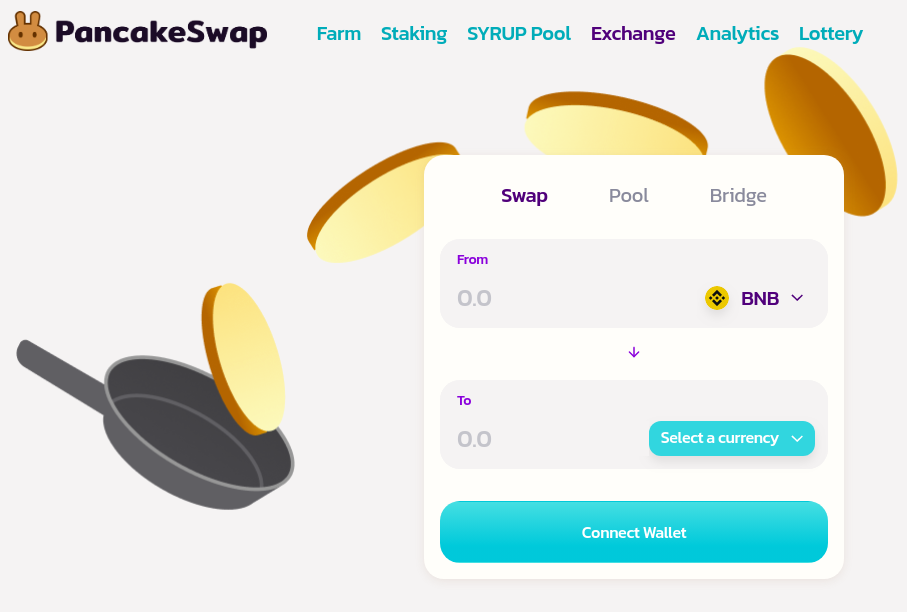
The idea of Uniswap is pure genius. It lets people swap ether (ETH) and ERC-20 tokens in a decentralized way in any amount, without worrying about liquidity. Shallow liquidity has always been the main problem of decentralized exchanges, but on Uniswap it’s solved through a clever formula that changes the price depending on how much crypto there is in the pool. This means there’s always enough liquidity for your trade, even if you wish to sell a minor ERC-20 token.
SponsoredUniswap was a huge success, and success always attracts clones and scams. Copying Uniswap is very easy because all the code is open-source. And if you want to minimize your effort, there are special Uniswap cloning scripts.
Sushi and Sashimi were highly successful because they offered some of the first yield farming programs. But most new swap platforms don’t offer any real value or innovative functionality.
I’m not saying that you can’t make money with these clones. Their token can pump for a short while — and if you catch that moment, you’ll earn a profit. But it’s a big risk because you’re essentially investing in a worthless project.
2. Does it promise more than 100 per cent in yield farming rewards?
Yield farming is the hottest and weirdest DeFi trend of 2020. It started so well, with Compound offering free COMP tokens to all who contributed value to the protocol. But, as I said, successful ideas in crypto attract dubious imitators:

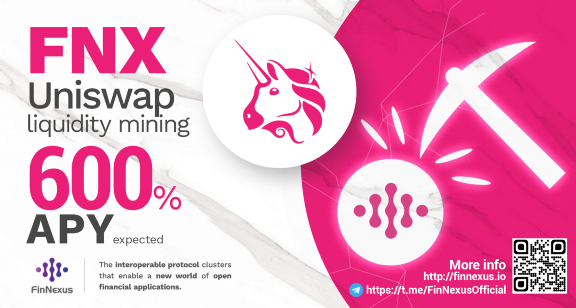
Such high farming yields usually mean that the project doesn’t have any other way to attract users. But giving away so many free tokens results in hyperinflation and the ultimate price collapse.
Now — like with any other question on this list — just because the answer is “yes,” it doesn’t mean that the project is bad. For example, Bancor recently announced a liquidity mining program with an expected APY above 100 per cent, and Bancor is a serious and legit protocol. A single red flag is not a reason to say “no” to a token, but it should make you look deeper.
3. Is the code still unaudited?
Compound was to lending what Uniswap was to token swaps: a simple dApp where you can lend your crypto and earn 10 per cent and more a year with very low risk. Yearn Finance went even further, automatically allocating user funds in different lending protocols like Compound and Aave. Both are great ideas that many are trying to copy.
The problem with copycat lending protocols is that they often try to deploy as quickly as possible without a proper code audit. This can result in bugs and loss of funds.
The best example is Yam Finance — a Compound fork that attracted $500 million in locked value within 24 hours after launching. But as it turned out, there was a fatal error in one line of code that led to hyperinflation. Billions of YAM tokens were minted, $750,000 was lost, and the price of YAM fell by 90 per cent.
Another example is PerfectFinance. The team accidentally used some of Compound’s older smart contracts and then tried to update the interest rate model. The new model and the old code were incompatible and $1 million in crypto became permanently locked, as a result.
Sponsored Sponsored4. Does it use incomprehensible DeFi lingo or very general words?
A quality project’s website should make it clear what it does and how it does it. Alternatively, if it already has a working product, it may even feature no description at all, as in the case of Curve Finance:
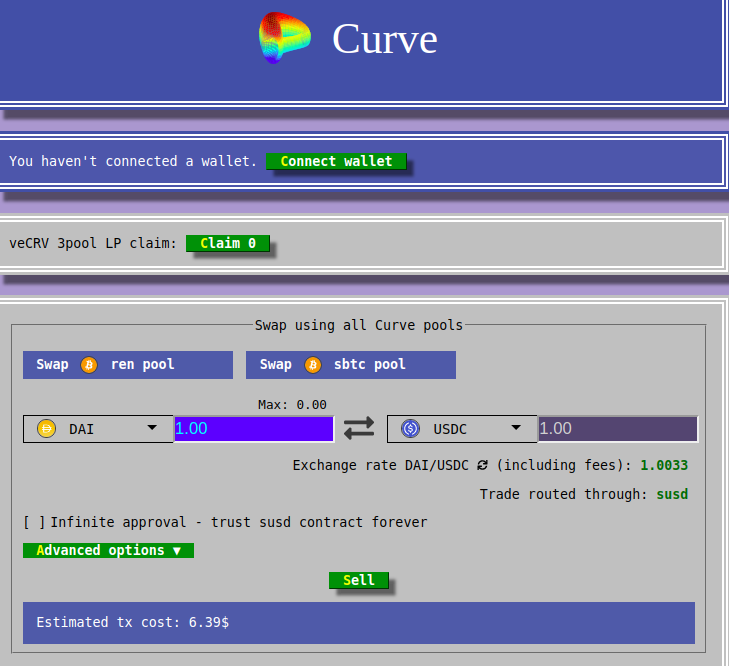
But you should be very careful around projects that do one of these three things:
1) Use vague descriptions focusing on profits rather than technology. Here’s what I mean:

2) Vaguely talk about “revolutionizing” and “disrupting” DeFi, being “the best,” and “the future:”

3) Promise a lot of fancy technical features, without being able to explain how they work. In this case, at least three of the four features were lifted from Aave. The copywriter didn’t know what to say about them, so ended up with clumsy descriptions like “it’s going to be one of the most important innovations in the lending industry:”
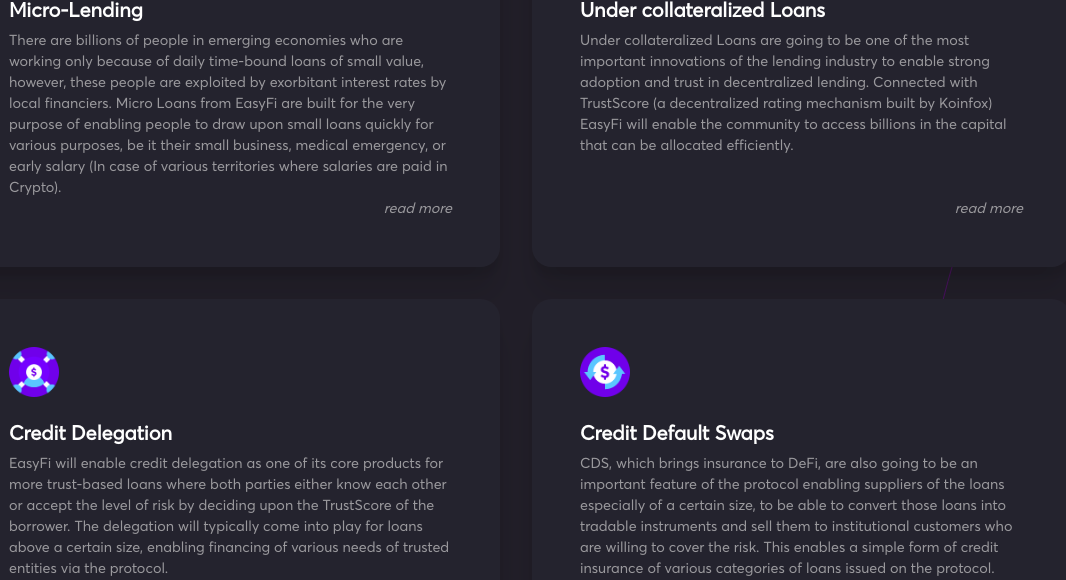
5. Is the team anonymous?
Maker, Compound, Uniswap, Aave, Yearn Finance — all these protocols’ founders are public, and you can look them up on Linkedin and Twitter. A founder who doesn’t hide his or her name and has a rich CV is a good sign, especially if they are supported by a venture fund or investor.
Of course, a DeFi project by an anonymous team can be a great success, but in that case, there’s a bigger risk of the so-called “rug pull” scam (also called exit scam). It works like this: the founder, who owns a lot of their project’s tokens, will do everything for the price to rally, then sell their assets.
SponsoredThis is what Chef Nomi, the founder of Sushi Swap, did, gaining $13 million in ETH and collapsing the price of SUSHI in the process. To be fair, Chef Nomi later returned the money, and the price has since recovered nicely — mostly because the product itself is sound.
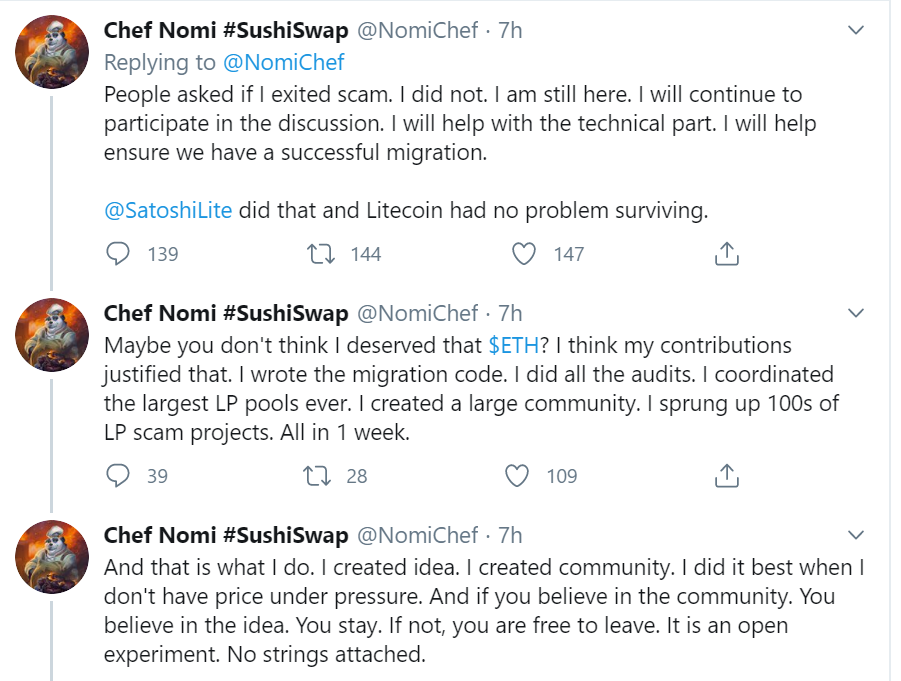
By contrast, a non-anonymous founder probably won’t risk doing a rug pull, because that would destroy their reputation.
6. Is the protocol “preparing for launch,” but not quite live yet?
It’s always safer to invest in projects that have already released their protocol, at least on the testnet.
The reason is obvious: many of the projects that hold an IEO without a live product will disappear, without ever launching one, or their token price will collapse, or both. To illustrate my point, I’ve looked at the first few DeFi projects that held an IEO last July — Meter, Meta, and Anyswap.

Five months later, these tokens lost between 70 per cent and 85 per cent of their value:


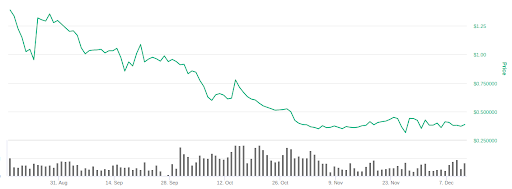
7. Is there a pre-sale?
Here’s why I think that a token pre-sale is a bad sign. Not always, but often.
If you are a strong developer with a great DeFi idea, you’ll be able to build a prototype product before you raise any funds. It will be bare-bones, but it will work and show your idea to the world.
But if you can’t build anything yourself, you’ll have to attract some funds to move forward. And if your goal is to make a quick buck and disappear, then you need a pre-sale. After all, it’s much cheaper than a full IEO, and you can run it on your site.
Here are a couple of particularly suspicious examples:
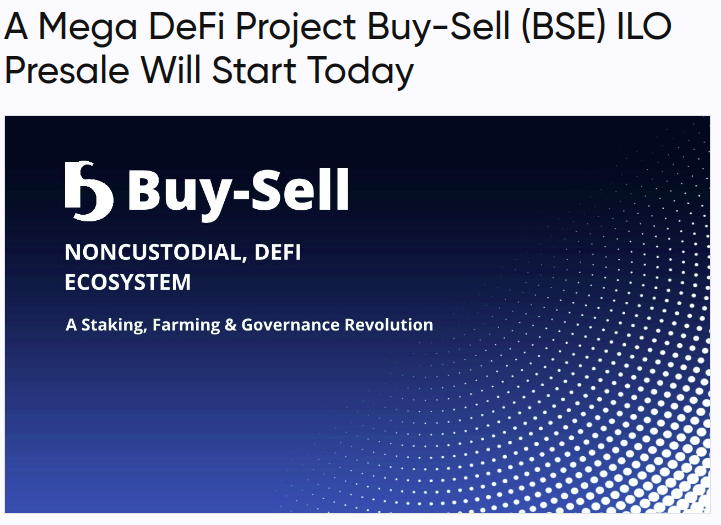
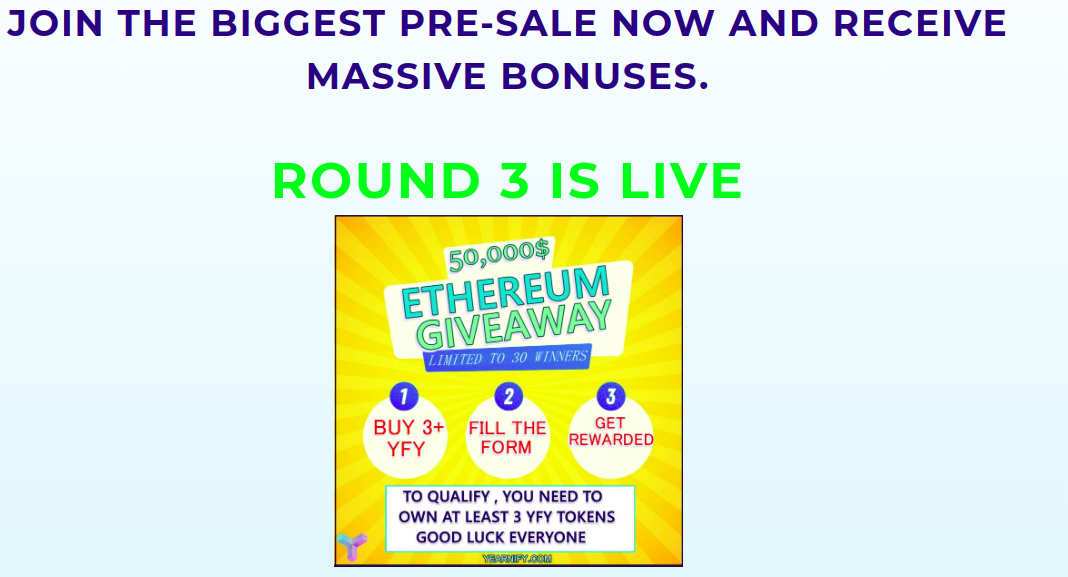
The portraits of good and bad projects
If I had to draw a portrait of a good DeFi project, it would look like this:
- A well-known developer as the founder.
- Live dApp on the testnet or mainnet.
- An original idea that the DeFi market needs.
- Not cloned from Uniswap, Compound, or yEarn.
- Yield farming rewards below 30 per cent, or none at all.
And here’s a portrait of a project I’d never invest in:
An anonymous team described as “the best experts in DeFi, investments, and trading.”
- No product, and an overly ambitious roadmap.
- Yield farming rewards above 100 per cent.
- A name similar to popular lending or swapping platforms.
- Vague talk about “revolutionizing the DeFi industry” without a clear description of the tech.
- Mentions of “maximizing profits,” “the best platform,” “100 per cent safe investment,” etc.
DeFi definitely has a future, and there are lots of worthy projects in this space. However, half-baked platforms and downright scams still proliferate, and it can be difficult for a beginner to tell which is which. You can use my list of the seven questions or develop your own system of evaluation.
The important part is that you do careful research before buying any DeFi token. In crypto, “do your own research” should always be your mantra.
NOTE: The views expressed here are those of the author’s and do not necessarily represent or reflect the views of BeInCrypto.

